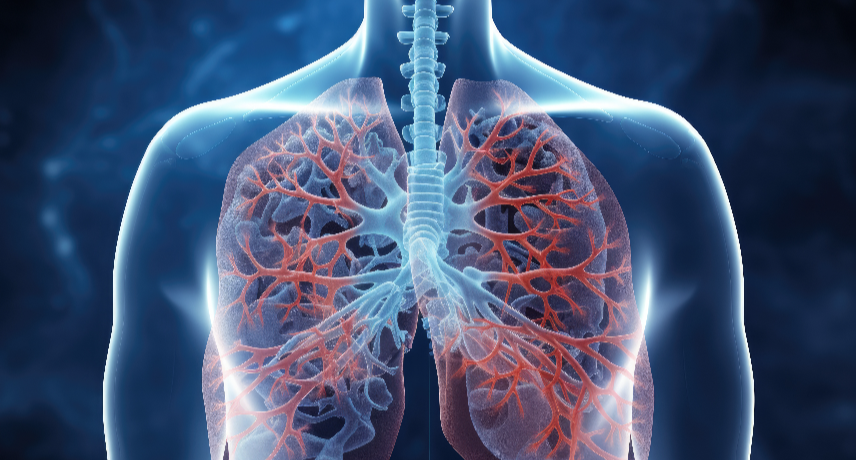28th August, 2025

Lung cancer ranks among the most widespread cancers globally, impacting millions of individuals, including a significant number in India. Understanding how and why it develops-and recognising early warning signs-can make a meaningful difference to outcomes. Here, we cover the essentials: what lung cancer is, the leading causes and lung cancer symptoms, how early detection works, and how a coordinated clinical pathway supports timely, effective care.
Lung cancer starts when abnormal cells in the lungs grow uncontrollably, forming a tumour. These cells may invade nearby tissues and eventually spread to distant areas of the body through metastasis.
Lung cancer arises from a combination of environmental exposures and individual susceptibility. Some risk factors are modifiable; others are not.
Early lung cancer may cause few or subtle symptoms, which is why vigilance is key. Consult a doctor promptly if you notice any of the following-especially if they persist beyond two weeks:
These symptoms do not always mean cancer, but timely assessment is essential to rule out serious conditions and begin appropriate care.
Finding lung cancer early improves the chances of successful treatment. Screening does not diagnose cancer on its own, but it helps identify abnormalities sooner-often before symptoms become obvious.
Key screening and evaluation methods include:
Individuals at high risk for lung cancer include those with more than 15 pack years of smoking history, even if they are currently non-smokers, as well as those with a family history of lung cancer in first-degree relatives. Additional risk factors include long-term smoking, substantial exposure to second-hand smoke, living in highly polluted areas. People in these categories should consult their doctor about screening options. A personalized risk assessment can help determine whether Low-Dose Computed Tomography (LDCT) or other tests are appropriate and when they should be done.
Early detection is not a one-off event. For those at heightened risk, regular check-ups and periodic imaging can identify changes over time. For people previously treated for lung cancer, structured follow-up with imaging helps detect any recurrence early and guides swift intervention.
Common respiratory complaints can be easy to dismiss, but the pattern and persistence matter. A cough that lingers, unexplained weight loss, or repeated chest infections deserve proactive evaluation. If you are high-risk-because of smoking, occupational exposure, or family history-make a plan with your clinician for what symptoms should trigger a check and how frequently you should be screened.
Our oncology department provides care aligned with international standards, bringing together advanced diagnostics and a multidisciplinary team to support you at every step-from evaluation through to treatment and recovery.
Advanced diagnostics for accurate assessment
Multidisciplinary, personalised treatment planning
We combine the expertise of medical oncologists, surgical oncologists, and radiation oncologists to create an individualised treatment plan. This integrated model ensures that each patient receives the most appropriate therapies, sequenced in the right order and timed to maximise benefit. Treatment options can include surgery (VATS/OPEN), radiotherapy, systemic therapies (such as chemotherapy, targeted therapies, or immunotherapy), or combinations tailored to tumour type and stage.
Support for whole-person wellbeing
Cancer care is about more than tumour control. We provide nutrition and lifestyle counselling to help patients maintain strength, manage side effects, and preserve quality of life throughout treatment. Practical guidance on activity, sleep, and symptom management complements medical care and can improve day-to-day comfort and resilience.